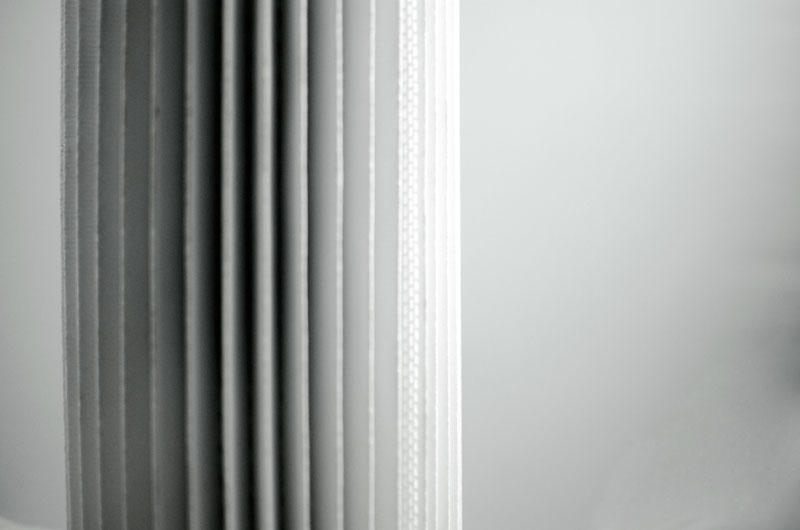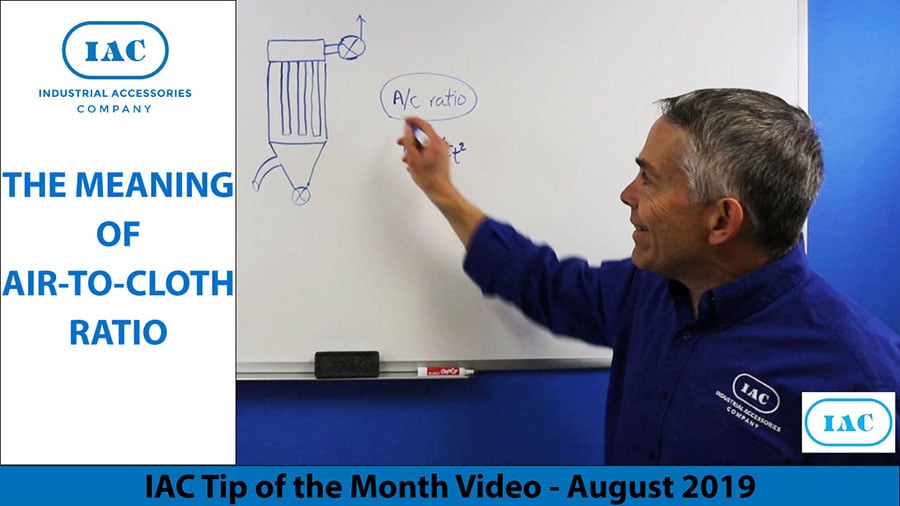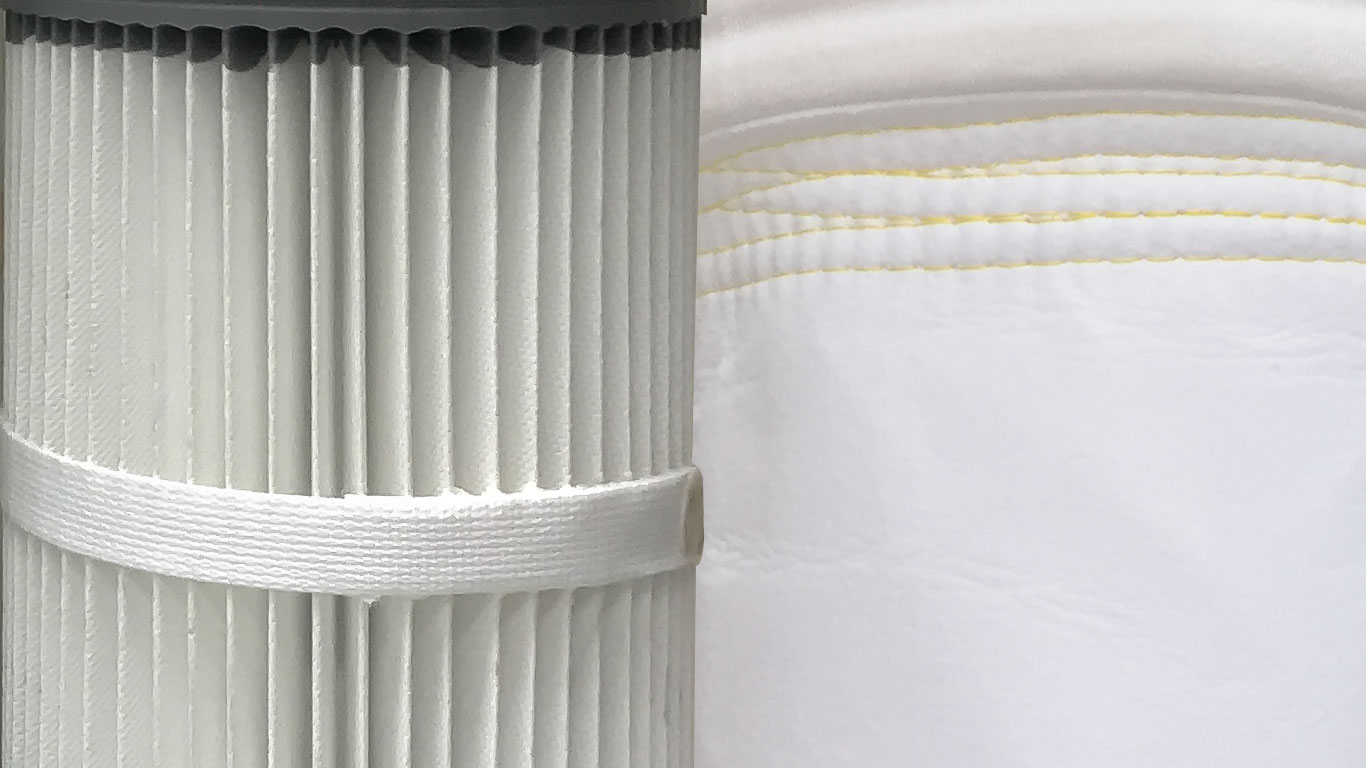3 Reasons to Use Pleated Filters in a Dust Collector

Manufacturing facilities are producing more today than ever before. They have added equipment, sped up processes, and increased throughput. Plants can’t afford to have a dust collector consistently causing problems. Baghouse leaks, inadequate collection at the pick-up points, and short filter bag life can stand in the way of production goals.
Holes in the bottom of tubular bags
This problem is caused by a baghouse design that leaves the bottom portion of the tubular bag exposed to the dirty air inlet, making them vulnerable to the highly abrasive dust stream. Pleated filters are significantly shorter than standard filter bags while having more than twice the filtering cloth area. The increased cloth area in the shorter pleated element will allow for a much greater open area under the filter. This open area will create a drop out chamber that will allow the air to expand and slow down, allowing the abrasive dust to drop out before it reaches the surface of the filter media.
Undersized baghouse
Pleated filters can replace standard filter bags and cages in pulse jet baghouses without changing the current baghouse configuration. The one piece element will eliminate the need for a cage and can provide two to three times the filtration area over conventional bag filters. This upgrade will increase the airflow capacity of the collector without costly structural modifications. If production has increased, or if pick-up points have been added to the system, pleated filters can change the amount of airflow that the collector can handle by lowering the air to cloth ratio. The increased filtration area can also reduce the differential pressure across the filters improving collector productivity and lowering operating costs.
Longer filter bag life
By using the shorter pleated filter design and creating the drop out area under the filters, the result is a slowing down of the air velocity as it enters the collector. This reduction in velocity allows time for the heavier dust particles in the air to fall out naturally. When the amount of dust that is actually reaching the filter media surface has been reduced, the number pulses or cleaning cycles needed to clean the filters can be decreased, extending the life of the filter. Additionally, in most installations the pleated filters can be taken out, washed down, and reused.
Knowing when and why to switch from tubular filter bags to pleated filter bags is important when considering baghouse leaks, inadequate collection at the pick-up points, and short filter bag life. Switching from tubular filter bags to pleated filter bags may be your best solution to avoid plant production problems; allowing dust emissions; and costing your facility money.



